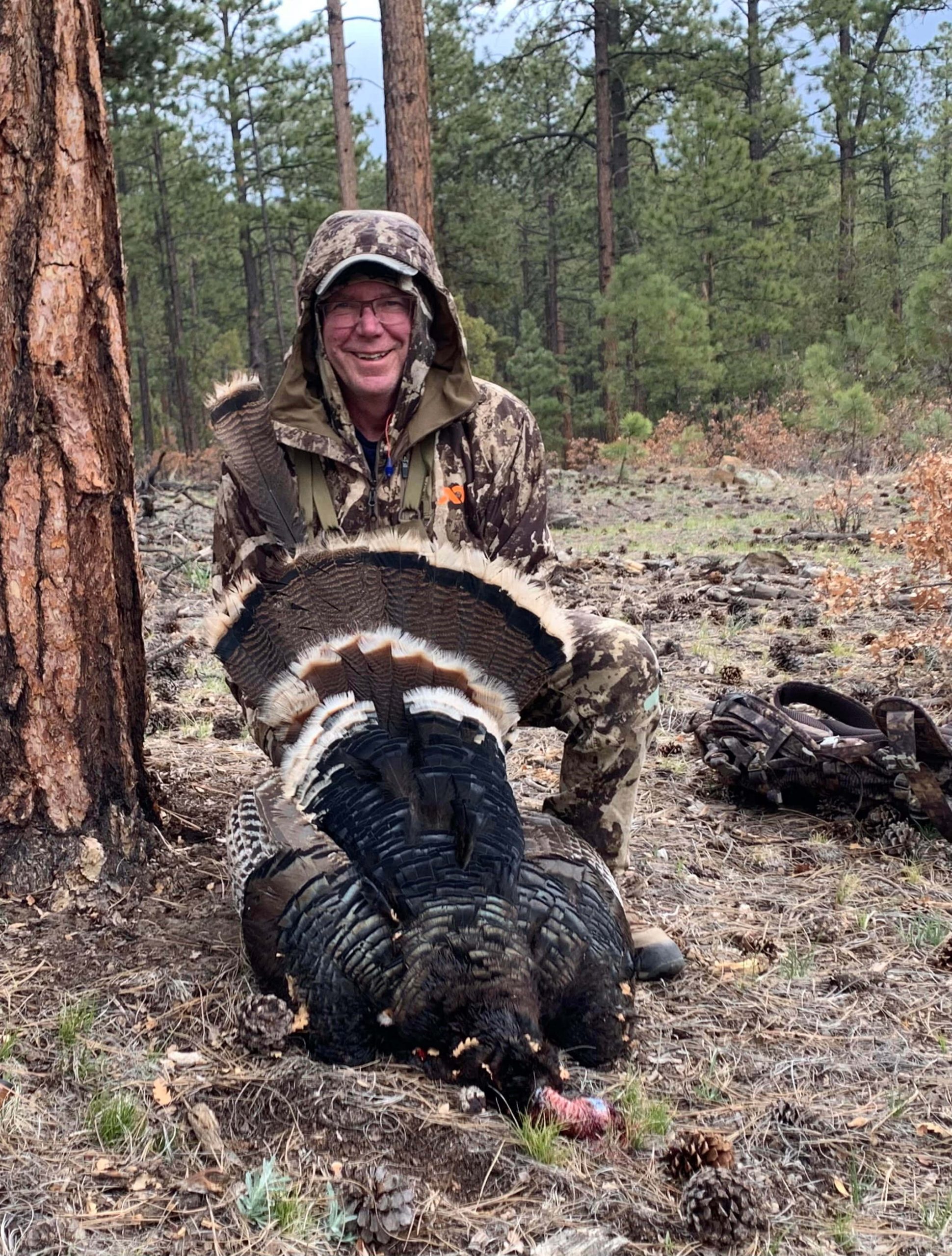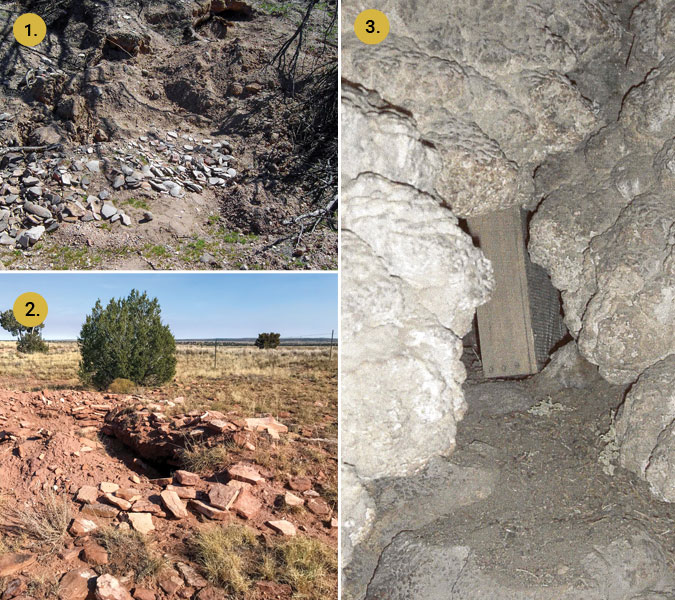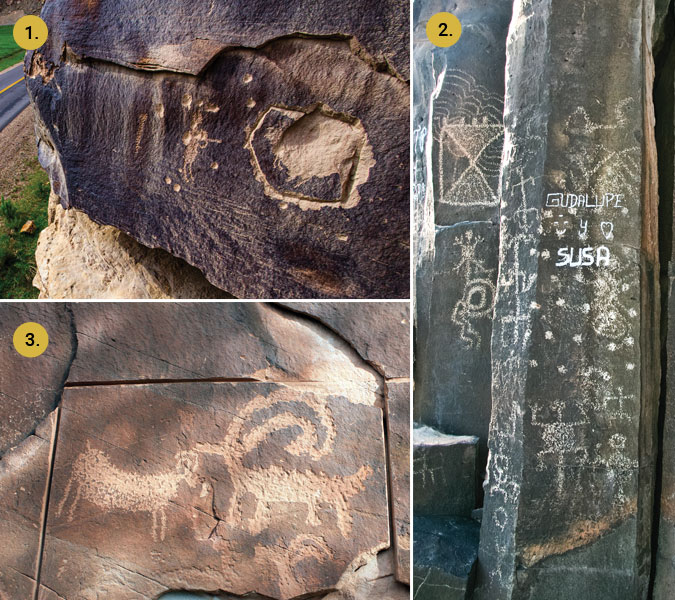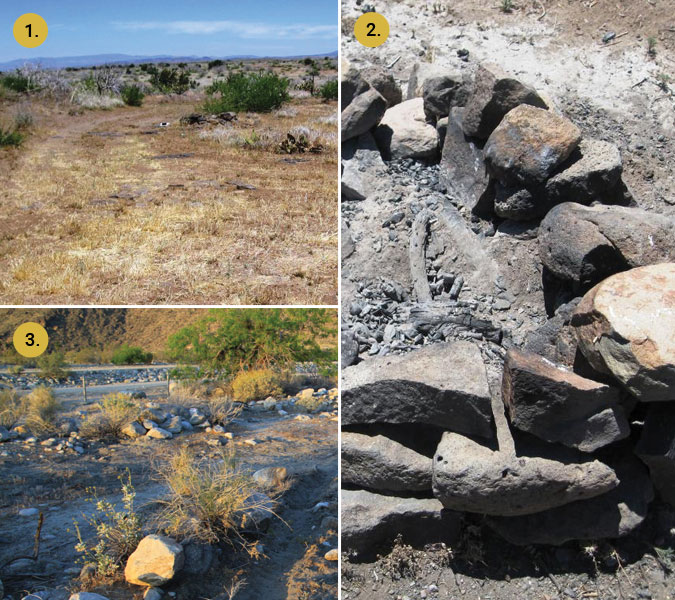Operation Game Thief...
A common state game and fish program, along with a 1-800 phone number, allows the public to report poachers of wild game and fish. I have never had to call in a poacher, yet I won’t hesitate because I deeply value these wild game.
I also value archaeological sites and artifacts. Their presence, along with the elk, deer, rabbits, and quail that I hunt, fills me with a sense of identity and of place. My profound respect for their significance on the landscapes that I hunt and fish transcends myself. Like wildlife, we all value cultural resources for our own personal reasons. Especially important are the deep-rooted values of the descendants of the people who built these sites, made these artifacts, pecked the rock art, and buried their deceased.
Unlike wild game, sites and their artifacts are non-renewable cultural resources. They do not reproduce themselves. Because of the non-renewable nature of cultural resources—and their intrinsic value to so many—the looting of archaeological sites has consequences that go beyond poaching. By respecting cultural resources and wildlife we conserve the fulfilling natural and cultural landscapes that we so cherish.
George "Wolf" Gumerman
Board Member of Arizona Backcountry Hunters & Anglers and Professor Emeritus of Anthropology at Northern Arizona University.

What Does a Crime Against History Look Like?
The unlawful destruction of heritage places takes many different forms, but all damage leads to irreversible loss. The following examples will help you recognize the kinds of damage that should be reported.
If you encounter damage at a recently looted or vandalized site, please take a few quick photographs and, if possible, record GPS coordinates. Remember that this is a crime scene—leave the area as you found it so law enforcement can assess the scene accurately. We need your tips so that investigators can work with Tribal communities to take actions to prevent further loss.
Looter’s Holes
Looters often hand-dig circular or irregular-shaped holes into structures, burials, or mounded areas. Sometimes they use heavy equipment, such as backhoes and excavators. Looter holes can vary in size and shape, from craters large enough to view on satellite imagery to narrow probe holes that are not visible from a distance. Undercutting and tunneling often occur when looters target sensitive areas.
- Pits are usually surrounded by backdirt piles that contain cultural items or pieces of stone architecture. Piles of artifacts do not occur naturally at archaeological sites.
- Looters may leave evidence or equipment at the scene: sifting screens, shovels, probes, clothing, and trash. If you encounter these items, please leave them in place. This is potential forensic evidence that should only be collected by investigators.
Captions
- Hundreds of pieces of pottery cast aside during the destruction of an ancestral site. Image: Garry J. Cantley
- Example of a looter's hole. Image: D. J. “Dusty” Whiting
- A screen, used to sift dirt for artifacts, stashed inside a looted rockshelter. Image: Garry J. Cantley


Vandalism
Vandalism regularly occurs at places that contain petroglyphs and pictographs. These ancient rock carvings and paintings found on boulders, cliff walls, and inside rockshelters are considered sacred by Native American communities.
- Vandals desecrate these vulnerable sites with spray-painted, carved, and scratched graffiti.
- Target shooters destroy them with bullet holes.
- Looters use chisels and power tools to steal whole panels, and sometimes even steal entire boulders for personal gain.
- Recently, a rock climber bolted a route through a petroglyph panel in Utah.
Captions
- A bullet-ridden petroglyph panel with additional damage from a chisel or similar tool. Image © Jonathan T. Bailey
- A graffiti-covered petroglyph panel. Image: Henry D. Wallace
- Chisels and power tools were probably used in an attempt to steal this petroglyph panel. Image: William H. Doelle



Negligence
Negligence and reckless behaviors also cause damage at cultural sites.
- Unpermitted heavy equipment use and unauthorized off-road-vehicle trails violate federal law and should be reported. The surfaces of heritage sites are fragile and contain cultural and architectural remains. Driving over sites in any vehicle causes irreparable harm.
- Other common types of vandalism include toppled structure walls, removal of beams for campfire wood, and dumped trash.
Captions
- Vehicle tracks within the boundaries of an archaeological site. Image: Andy Laurenzi
- Campfire ring made from ancient masonry walls in a roadside camping area. Image: Andy Laurenzi
- Damage caused by unpermitted heavy equipment. Image: D. J. "Dusty" Whiting


Reporting a Crime Against History
- Visit the Submit a Tip (SaveHistory.org/submit-a-tip/) page to learn more about suspicious behaviors and report looting or vandalism. Tips are confidential.
- If you encounter damage and are unsure if it constitutes an archaeological resource crime, assume it is recent and assume it is unreported. Send us the details and we will coordinate with law enforcement to determine what actions are needed.
- Never confront someone in the act of looting or vandalizing. Move to a safe place and call local authorities. Looters are often linked to violent crimes, property crimes, and drug abuse.
If You Witness A Crime
Collect a Reward
The information provided above will remain confidential and will go directly to a
U.S. Bureau of Indian Affairs Special Agent.
SAVE HISTORY offers up to a $10,000 reward for information about an archaeological resource crime.
We don’t care who you are, we just care what you know!
If an Agent may contact you (and you agree to waive confidentiality), please provide the information below:
